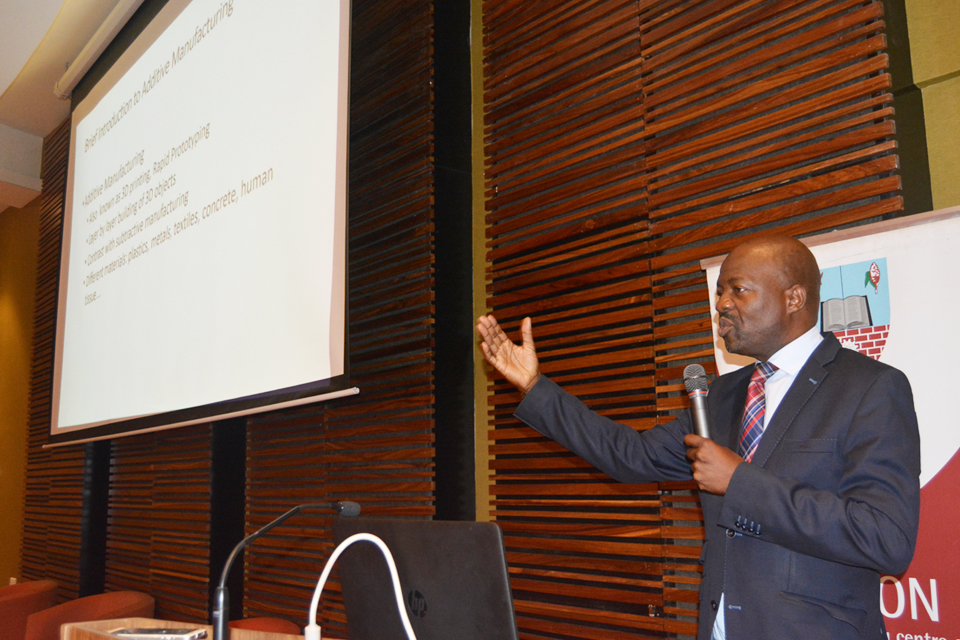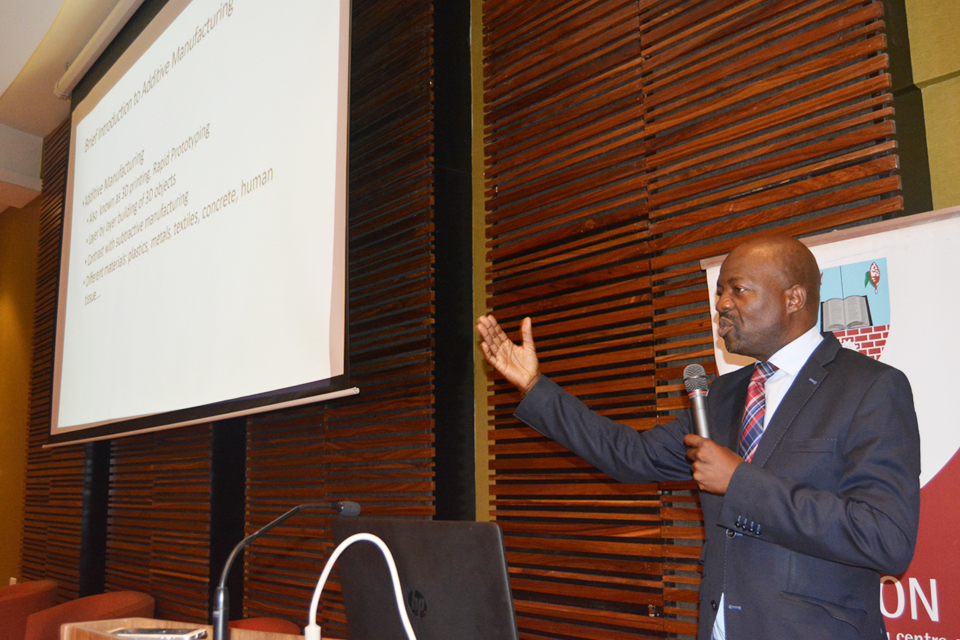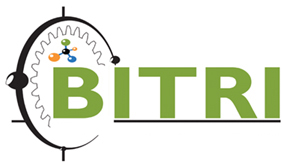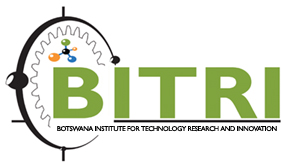May 3, 2019


Botswana Institute for Technology Research and Innovation, The University of Botswana and Central University of Technology, Free State, with the support of The Southern Africa Innovation Support Programme (SAIS 2) have launched a project intended to develop an Additive Manufacturing (AM) Ecosystem. The project has Botswana and South Africa as participating countries, SAIS as the project sponsor, and BITRI, UB and CUT as the collaborative project partners.
The key objectives of the project are to establish an AM ecosystem through creating awareness, develop institutional capacity for regional innovation capacity, design and manufacture of some ten client-specific implants and devices including identification of AM devices and implants for commercialisation and developing a commercialisation strategy, to develop human capacity through workshops and short courses for joint solutions to medical challenges, as well as to develop institutional competence for regional innovation capacity.
The one-and-half-year project was launched during a workshop held at the UB conference centre from 29th – 30th April attended by representatives from the partner institutions, as well as invited stakeholders and the media.
The project follows a successful submission by BITRI, UB and CUT in response to a call from proposals issued by SAIS. The three partners already have Memoranda of Understanding between each other, and there was consideration to leverage on each partner’s strength; with BITRI’s coming up with cutting edge designs and technical expertise, UB contributing the use of its AM facilities available to capacity building and training, plus possible access to the Sir Ketumile Masire Teaching Hospital resources and expert staff, as well as CUT leveraging on its capacity is one of the leaders in AM. During the life of the partnership, BITRI and UB will design medical products and CUT will manufacture the same.
In an interview with the BITRI Design Engineer, Shorn Molokwane, he explained that the application of AM must have an impact, as espoused in the BITRI approach to developing solutions. “Some of the goals of this project are to support manufacturing of innovative medical products, additive manufacturing of patient-specific implants as well as positioning guides through state-of-the-art technology platforms. We invited some of the local key stakeholders on board to help us identify to sensitise them about AM and its capabilities and for them to deliberate on how they can incorporate it into their operations to provide solutions as per their business objectives. The advantages of AM, in comparison to the traditional manufacturing process, are that has the capacity to enable direct manufacturing of complex geometries with ease, achieving therefore, a high degree of customization, making it ideally suited for patient specific medical device applications, as well as that it allows for combining of multiple parts and producing assemblies as single units.”
“In terms of its general application, AM delivers improved performance, complex geometries and simplified fabrication. As a result, opportunities abound for those who are willing to embrace the technology in other sectors such as manufacturing. In terms of its use in medical applications as per the scope of our project, AM offers patients improved quality of life, can be used are state and private health facilities, reduces costs of prosthetic surgery and time in hospital for patients and well as accelerated recovery periods,” elaborated Mr. Molokwane.
The project partners will work with local stakeholders such as the Ministry of Health and Wellness to identify the most suitable beneficiaries, as well as to overcome some of the challenges related to policy and professional ethics in related fields.
SAIS 2 is a regional initiative that supports the growth of new businesses through strengthening innovation ecosystems and promotion of cross-border collaboration between innovation role-players in Southern Africa. It is supported by the Ministry for Foreign Affairs (MFA) of Finland, in partnership with the Ministries responsible for Science, Technology and Innovation of Botswana, Namibia, South Africa, Tanzania and Zambia, and the Southern African Development Community (SADC) Secretariat.
Additive Manufacturing (AM), often used interchangeably with 3D printing and rapid prototyping, (which are in fact, subsets of AM), uses data computer-aided-design (CAD) software or 3D object scanners to direct hardware to deposit material, layer upon layer, in precise geometric shapes. Materials normally used are thermoplastics, metals, ceramics, and in biochemical healthcare using material from silicon, calcium phosphate and zinc, with new research exploring the use of bio-inks fabricated from stem cells to form blood vessels, bladders and other organs.
The launch sought to bring together policy makers in the health sector, clinic administrators, medical practitioners, clinicians, designers, material scientists, engineers, manufacturers and research practitioners plus administrators in one setting to appreciate Additive Manufacturing, its role, possible impact and how they may contribute to its growth and make the best use of it for their respective professions and the wider benefit of the public.

